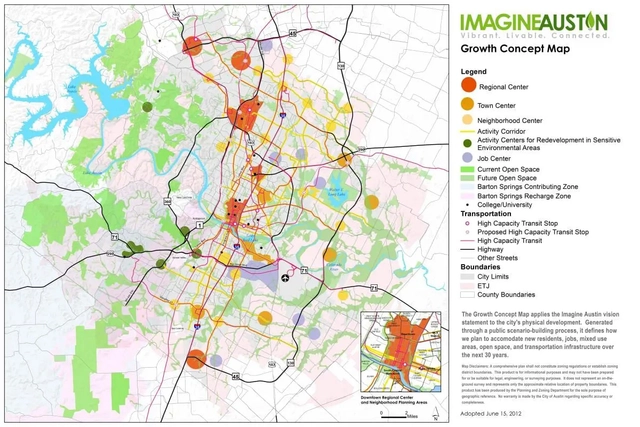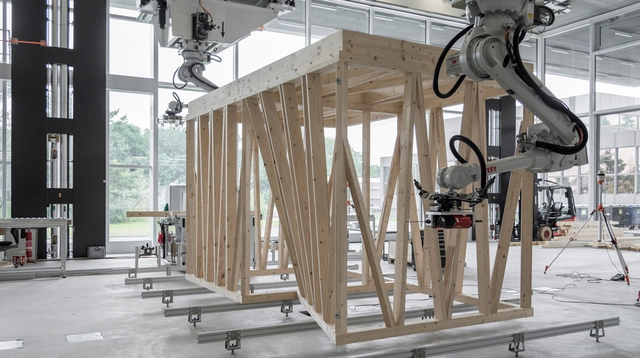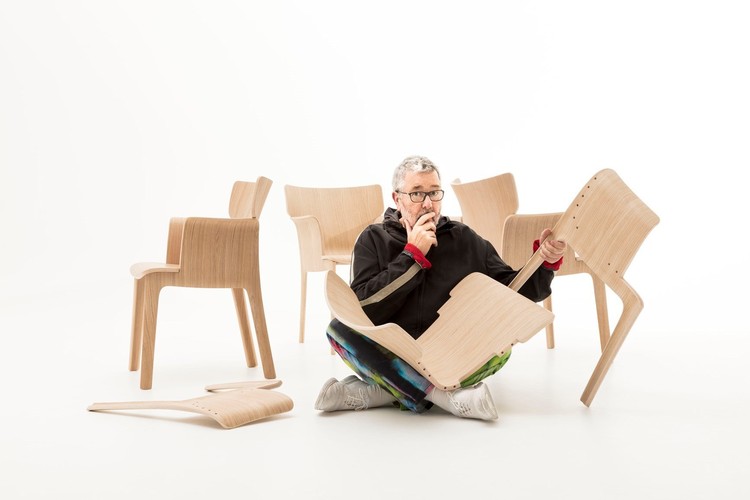
From inflatable and 3D-printed structures to entire habitats, architecture plays an unprecedented role in space exploration missions. As NASA plans for long-term human exploration of the Moon and Mars under Artemis and CHAPEA missions, new technologies are required to meet the unique challenges of living and working in another world. In response, figures like Buckminster Fuller, Foster + Partners, SOM, and BIG-Bjarke Ingels Group, in collaboration with emerging businesses such as ICON and SEArch+, have nourished the architectural catalog in outer space.
In the latest update, NASA awarded Austin-based company ICON a contract to continue ICON's Olympus construction system in partnership with BIG-Bjarke Ingels Group. The project will help build infrastructures such as landing pads, habitats, capsules, and roads on the lunar surface and Mars, using extrusion-based additive construction technology (3D printing) and local materials like lunar regolith. The contract runs through 2028 and supports Artemis, a mission for long-term human exploration of the Moon.






























.jpg?1643423986)
.jpg?1643425181)
_V%C3%ADctor_Pati%C3%B1o_George.jpg?1643424298)






































